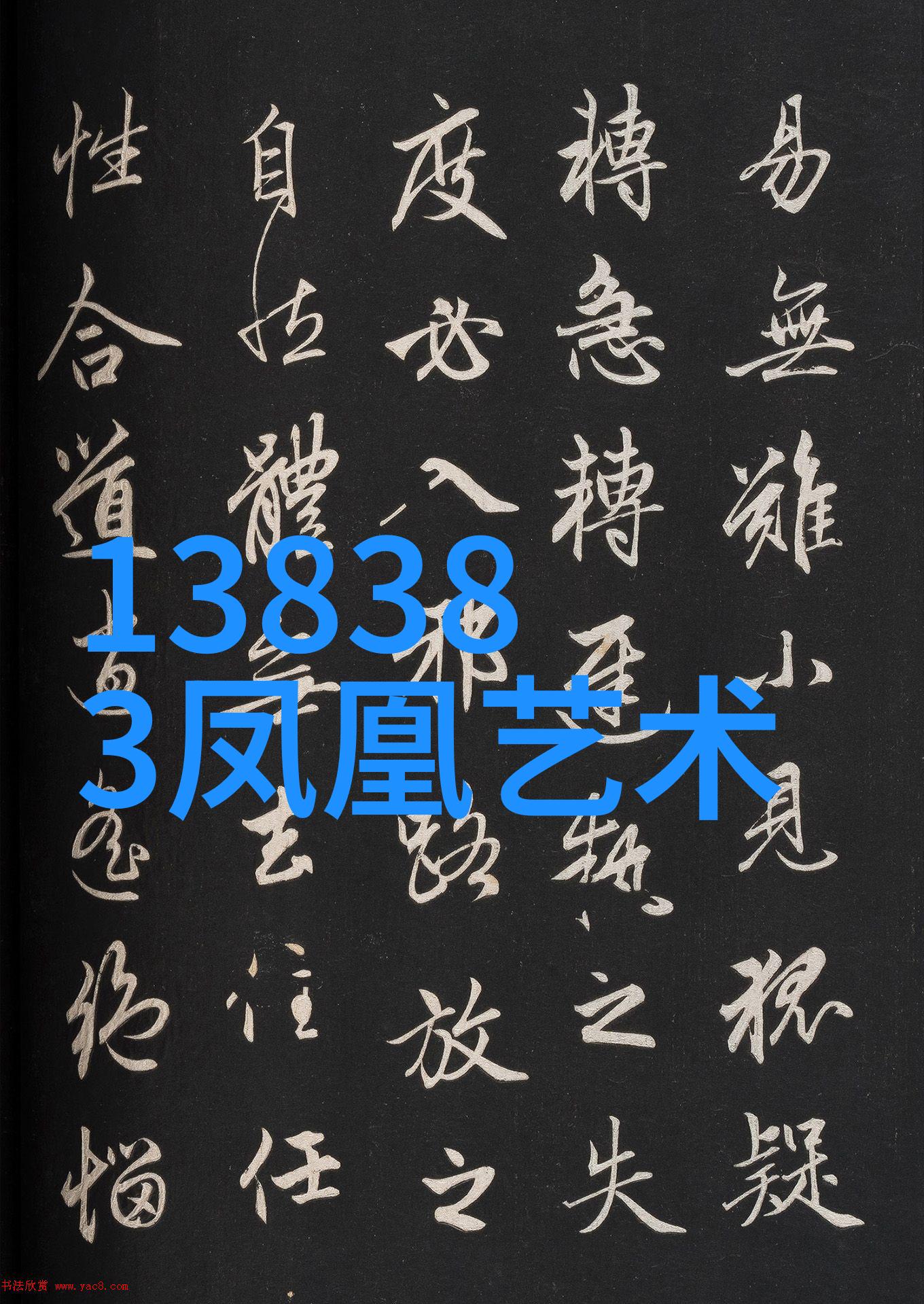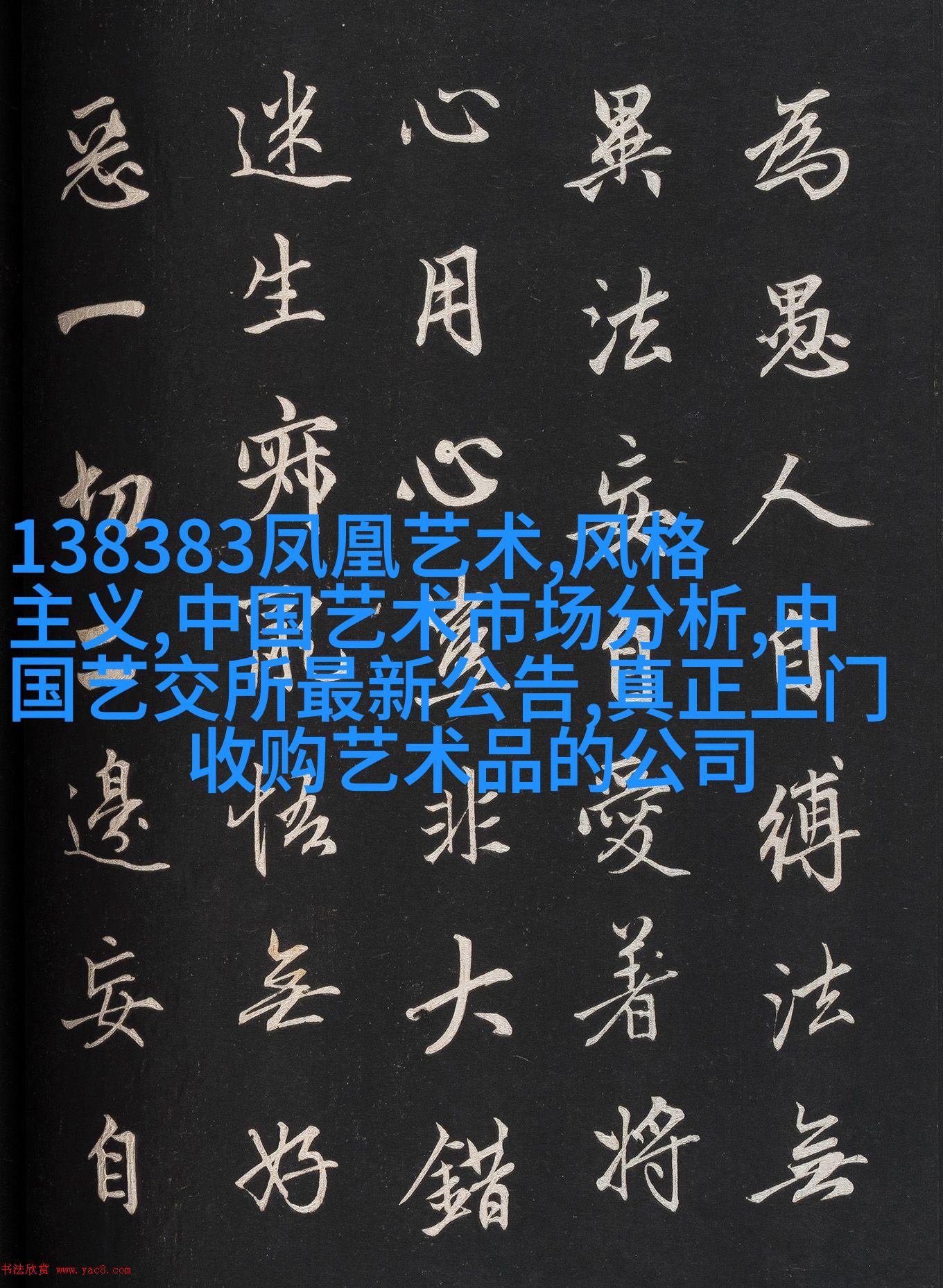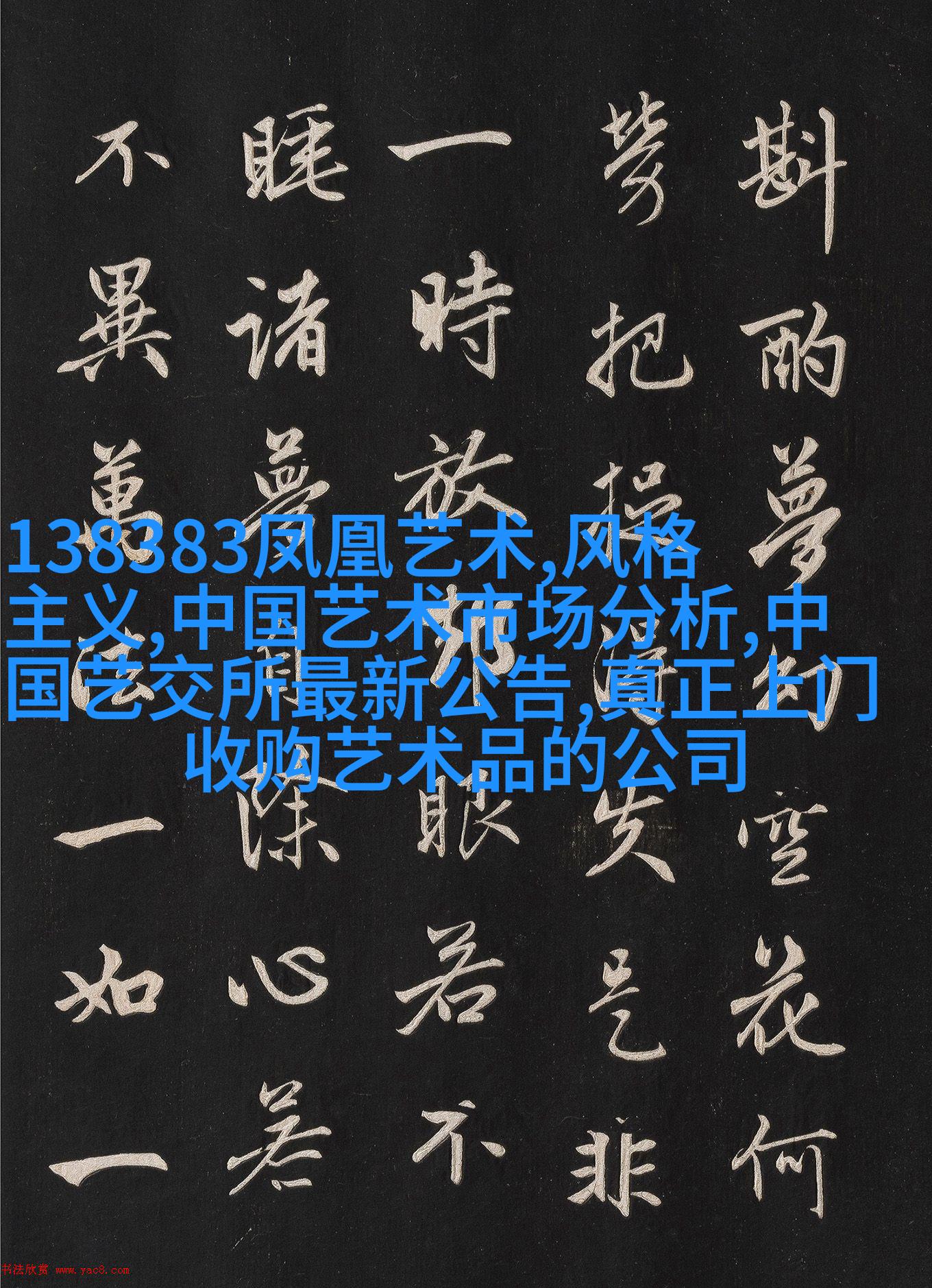在全球化背景下国际标准下的arts education如何影响当地文化表达方式
随着全球化的深入发展,国际交流和合作日益频繁。教育领域也不例外,在艺术教育中尤其如此。国际标准下的arts education无疑为学生提供了一个全新的视角,让他们能够更加深入地了解不同文化的丰富性和多样性。但是,这也引发了一些问题:这样的教育是否会对当地文化造成冲击?或者说,它又有怎样的作用来保护和传承这些文化呢?

首先,我们需要明确一点,即艺术教育不仅仅是关于技巧的教授,更重要的是它是一种思想、情感以及社会价值观念的传递方式。在这个过程中,当代艺术教育面临着巨大的挑战,因为它需要在遵循国际标准的同时,也要尊重并促进本土文化。
谈到这点,我们可以从两个方面来看待艺术教育在全球化时代中的作用。一方面,arts education作为一种跨越国界、语言障碍、甚至是意识形态差异的一种通道,可以帮助学生理解世界上其他地区的人们,以及他们所经历的事物。这对于培养具有开放思维、包容心和同理心的人来说至关重要。通过学习不同的艺术形式,如音乐、舞蹈或戏剧等,学生不仅能够欣赏这些作品,还能更好地理解背后的历史背景、社会环境以及人们的情感体验。

然而,这并不意味着我们应该完全放弃本土特色,而应将其与国际标准相结合,以此创造出独具特色的arts education课程。这一点对于保护和传承当地文化至关重要。在这种情况下,当地教师可以利用arts education来教授孩子们关于自己社区历史故事,或许还包括一些已经消失了或正在消亡的传统艺术形式,从而让这一代人对自己的根源产生认同感,同时也激发他们去探索更多未知之处。
此外,artistic expression itself is a powerful tool for cultural preservation. By incorporating traditional and contemporary art forms into the curriculum, students can gain a deeper understanding of their own cultural heritage while also learning about other cultures. This not only enhances their appreciation of different artistic styles but also fosters empathy and tolerance.

On the other hand, arts education has been shown to have numerous cognitive benefits that can enhance students' critical thinking skills, creativity, and problem-solving abilities. These skills are highly valued in today's globalized world where adaptability and innovation are key to success.
In conclusion, arts education in an increasingly interconnected world presents both challenges and opportunities. While it is important to respect international standards and best practices in arts teaching, it is equally crucial to preserve local culture by integrating these elements into curricula in ways that promote cross-cultural understanding while celebrating diversity.

By doing so, we can ensure that future generations appreciate the richness of human experience across time and space while also being equipped with the knowledge, skills, and values needed to thrive in a rapidly changing world.